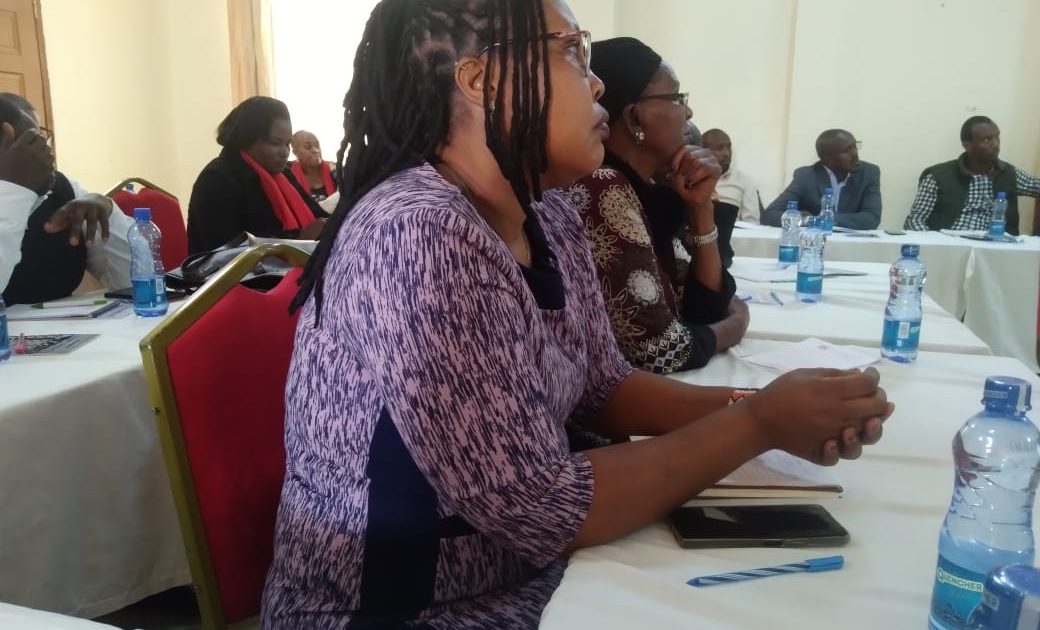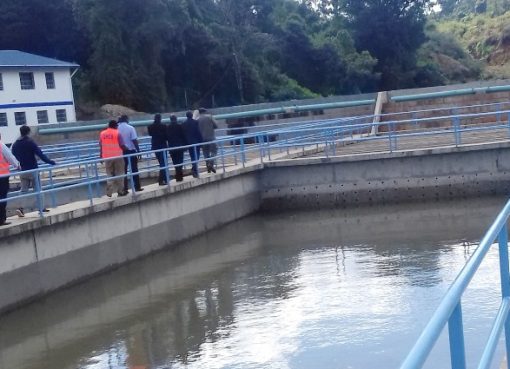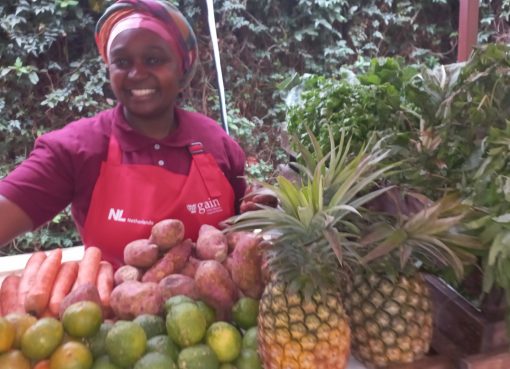Narok County Health Department has revealed that only 11 percent of girls between the ages of 10 and 14 years old have been immunised against Human Papilloma Virus (HPV) since the immunisation was launched in the country in October 2019.
Narok Immunisation Coordinator Shadrack Beru said the National Vaccines and Immunisation Programme (NVIP) targeted to vaccinate 67, 961 girls in Narok county in phase one.
Beru who spoke during a stakeholders meeting held at a Narok hotel asked parents to take their daughters for the free immunisation so as to reduce cases of Cervical Cancer that is caused by HPV.
He reiterated that cervical cancer was the leading cause of deaths among women in the country, observing that immunisation can reduce the chances of infection by 70 per cent.
“About 5250 new cases of cervical cancer and 3268 deaths caused by cervical cancer are reported in the country annually. This is why the ministry of health introduced the HPV vaccines to contain the disease,” he said.
He explained that the girls are given two doses in an interval of six months and three doses for girls who are immunocompromised or are HIV positive.
The medic called on parents to take advantage of the 172 health centres in the county to take their daughters for immunisation saying the disease has caused a huge negative impact on the economy.
“The immunisation is for girls aged 10 years. However, the government extended the age bracket to include girls between the age of 10 and 14 because many people kept off the health facilities in 2020 when Covid-19 was first reported in the country,” he said.
For the women above 14 years old, the medics recommended they visit the health facilities for regular screening so as to avert the deadly disease.
Beru said the strategy applied by the government to eliminate Cervical Cancer is 90 per cent vaccination, 70 percent screening and early detection, and 90 per cent treatment.
Once vaccinated, the girls are issued with a card that they produce when receiving the second dose that is given after six months. In order to cover a wider population of girls, the medics are targeting schools where the vaccination is carried out in schools on a quarterly basis.
The medic reiterated the benefits of immunisation saying it has resulted in a dramatic reduction of death from diseases that previously ravaged the population.
Other diseases that are prevented through immunisation include: Smallpox, maternal neonatal tetanus, measles and yellow fever.
Those present during the sensitisation forum were representatives from the Maasai Council of elders, Maendeleo ya Wanawake, youth groups, government officers and religious leaders.
By Ann Salaton





